Historical Connections and Cultural Influences
The Mediterranean sea has uniquely shaped the form of historical connections and cultural influences since the most ancient times. This melting pot of diversity made the Mediterranean an important hub that promoted an exchange of products, culinary knowledge, and culture contamination that, once united and enriched by each other, formed this unique cultural heritage.
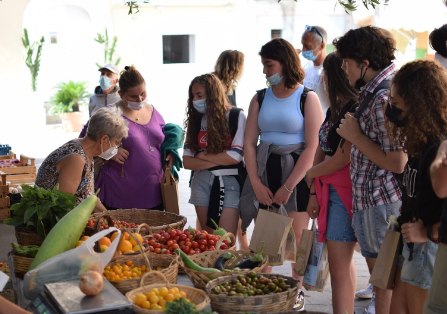
Still today, the importance of the area is vibrant and alive. Situated between the Greek colonies of Magna Graecia, Arabic influences, and the indigenous Etruscan and Lucanian peoples, the Mediterranean has been marked by a continuous succession of events, composed of traditions and innovations, which make up the history of the Mediterranean Lifestyle. One of the most important is the “invention” of the definition Mediterranean Diet, whose etymology comes from the Latin word invenire, which means “to discover” or “to recognize.”
It is the result of a foreign gaze, that of the two American scientists Ancel and Margaret Keys, who identified a healthy and resilient system of life and nutrition, capable of crossing historical eras and cultural intersections to survive up to the present day.
Common Values Beyond Geographical Borders
Since 2010, the entire world has celebrated the Mediterranean Diet as an intangible cultural heritage of humankind. Seven are the emblematic communities of the Mediterranean Diet: Agros (Cyprus), Brač and Hvar (Croatia), Soria (Spain), Koroni (Greece), Pollica (Italy), Chefchaouen (Morocco), Tavira (Portugal).
"The Mediterranean Diet is much more than just a list of foods. It promotes social interaction, as communal eating is the basis of the social customs and holidays shared by a given community, and has resulted in a remarkable body of knowledge, songs, maxims, tales, and legends.”
Among the emblematic communities, identity is punctuated by common values such as sharing, conviviality, openness, togetherness, hospitality, but also simple and powerful actions: strong respect for natural cycles, deep social bonds, and attention for personal, community, and natural wellbeing can be recognized. Despite the similarities, it is important to understand that the cultures and approaches to life and eating habits are, rather, the outcomes of diversity.
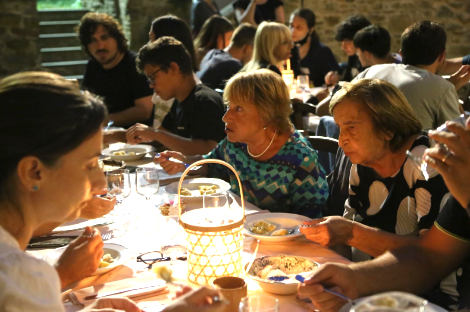
Each emblematic community is uniquely different from another, in terms of landscape, climate, history, biodiversity, rituals, traditions, mastery: they all preserve their local characteristics such as treasuring the local varieties or local recipes.
Diversity is a key approach to resilience and sustainability. It is the magic recipe at the heart of the Mediterranean Diet, where each of the seven emblematic communities composes a precious, albeit different, mosaic of the Mediterranean. It is therefore worth listening to the stories that the Mediterranean can offer. These are the stories of resilience and good life, the stories of wise management of natural resources, the stories of ancient or forgotten skills and techniques.
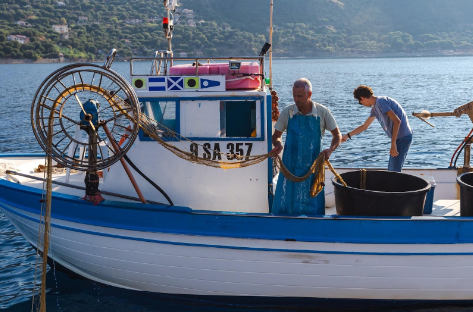
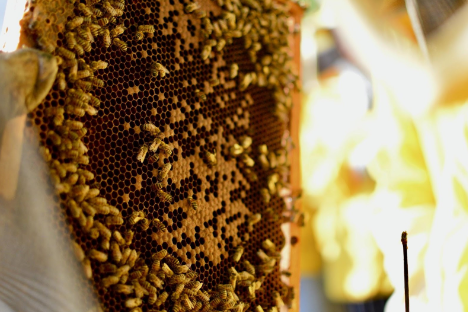
The traditional sustainable fishing techniques are a clear example of this, like the Menaica fishing techniques, showing that it is possible to fish with respect to the sea, promoting common regeneration; the humble approach towards beekeeping which is rooted in history, since humans in the Mediterranean region have been interacting with bees for 8,000 years, as documented by rock wall paintings in Spain; or even starting the conversation with local grandmothers, the custodian of Mediterranean wisdom, can lead to the discovery of particular recipes, and secret might be revealed.This all can happen when one is willing to listen and open to share.
The Mediterranean, and the emblematic communities of the Mediterranean Diet, witness that it is possible to achieve a sustainable way of living when unity and cooperation are present.
The Croatian Emblematic Community
As a part of the celebration of the International Week of Italian Cuisine in the world, Zagreb, Croatia hosted a week-long photographic exhibition to honor the tradition, legacy, and current shape of Italian cuisine. The location is special to Italy since Croatia and Italy are tightly bound through their cultural heritage ties to the Mediterranean diet.
Similar to the Italian community of Pollica in Cilento, the two Croatian islands of Brač and Hvar, are among the seven emblematic communities of the Mediterranean Diet. Since 2013, they are the representative community of the Mediterranean lifestyle located geographically further north, in the heart of the Adriatic Sea.
With an average population of 12,000-13,000 inhabitants, these two Dalmatian islands confirm that the Mediterranean way of life is still alive, transmitted, protected, and celebrated. Although, over time, the availability and frequency of certain foods have changed, adapting to different lifestyles, the basic ingredients of fishermen and farmers’ cuisine have not changed in the last 70 years.
Still today, among the dietary ingredients of the inhabitants of Brač and Hvar, we find the vine, olives, goat, sardines, all kinds of vegetables, legumes, and cereals. Many indigenous varieties in the Mediterranean area are in fact recognized for their resistance to environmental stress factors, typical of the past and present of the geographical area. A representative example is given by some ancient grape varieties typical of the Croatian islands, perfectly adapted to the microclimate of the region.
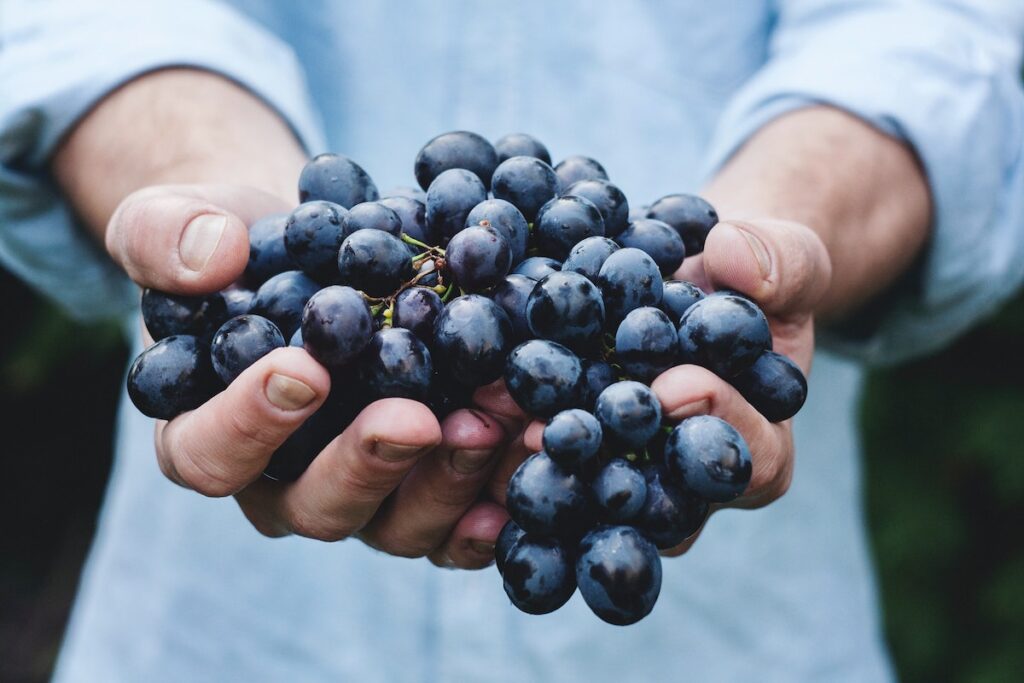
In the preparation of food, the use of wild plants is also widespread. Varenik, a specific spice made of wine must (mošt) is the type of food that testifies to the long-term food practices of the Mediterranean and the Adriatic.
Celebrating Italian Cuisine in the world also means celebrating the common values that are at the foundation of all the emblematic communities of the Mediterranean Diet, that crosscut the Italian geographical borders and reach other communities in the Mediterranean, such as Croatia.
This can be achieved through sharing recipes, conviviality, stories, knowledge, photos, as it happens during the week in Zagreb.
“Photography is an austere and blazing poetry of the real.”

